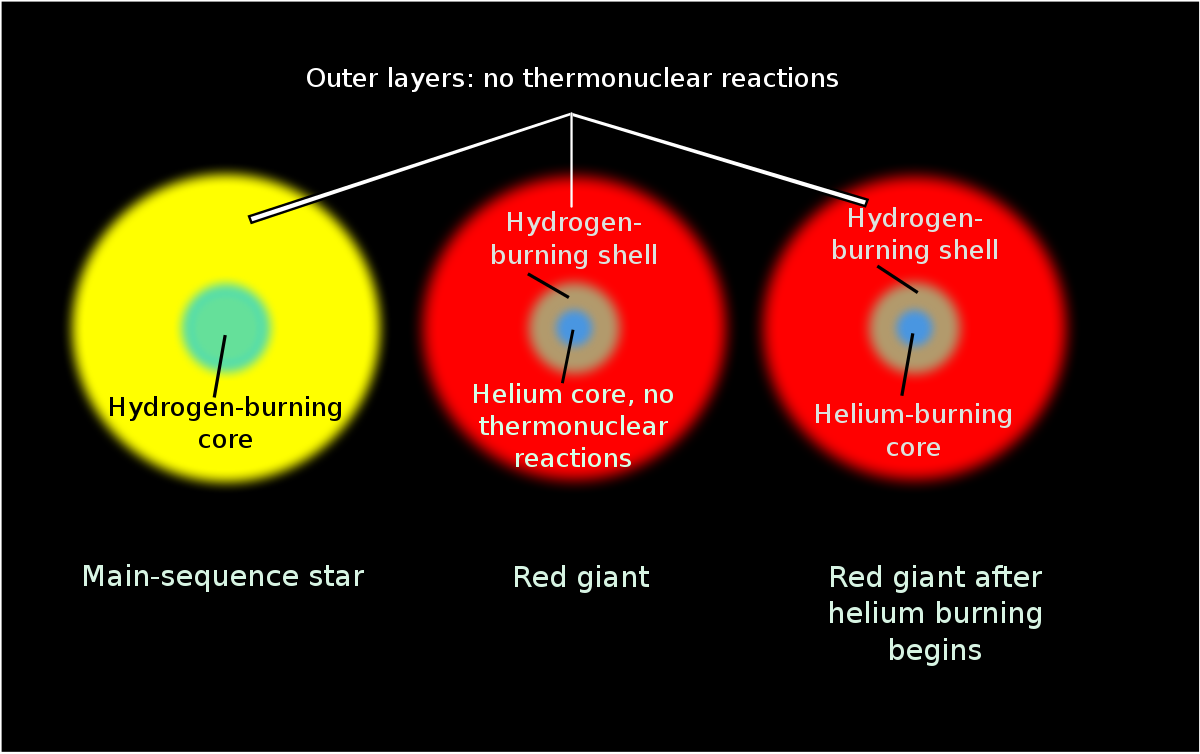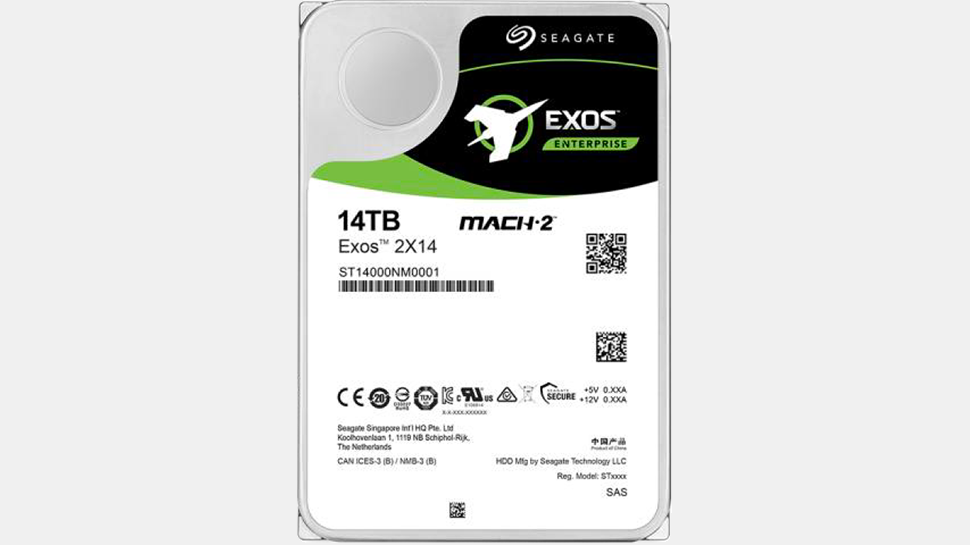
Helium flash - Wikipedia
A helium flash is a very brief thermal runaway nuclear fusion of large quantities of helium into carbon through the triple-alpha process in the core of low mass stars (between 0.8 solar masses (M☉) and 2.0 M☉[1]) during their red giant phase. The Sun is predicted to experience a flash 1.2 billion years after it leaves the main sequence. A much rarer runaway helium fusion process can also occur on the surface of accreting white dwarf stars.
Low-mass stars do not produce enough gravitational pressure to initiate normal helium fusion. As the hydrogen in the core is exhausted, some of the helium left behind is instead compacted into degenerate matter, supported against gravitational collapse by quantum mechanical pressure rather than thermal pressure. Subsequent hydrogen shell fusion further increases the mass of the core until it reaches temperature of approximately 100 million kelvin, which is hot enough to initiate helium fusion (or "helium burning") in the core.
However, a fundamental quality of degenerate matter is that increases in temperature do not produce an increase in the pressure of the matter until the thermal pressure becomes so very high that it exceeds degeneracy pressure. In main sequence stars, thermal expansion regulates the core temperature, but in degenerate cores, this does not occur. Helium fusion increases the temperature, which increases the fusion rate, which further increases the temperature in a runaway reaction which quickly spans the entire core. This produces a flash of very intense helium fusion that lasts only a few minutes,[2] but during that time, produces energy at a rate comparable to the entire Milky Way galaxy.[2]





















